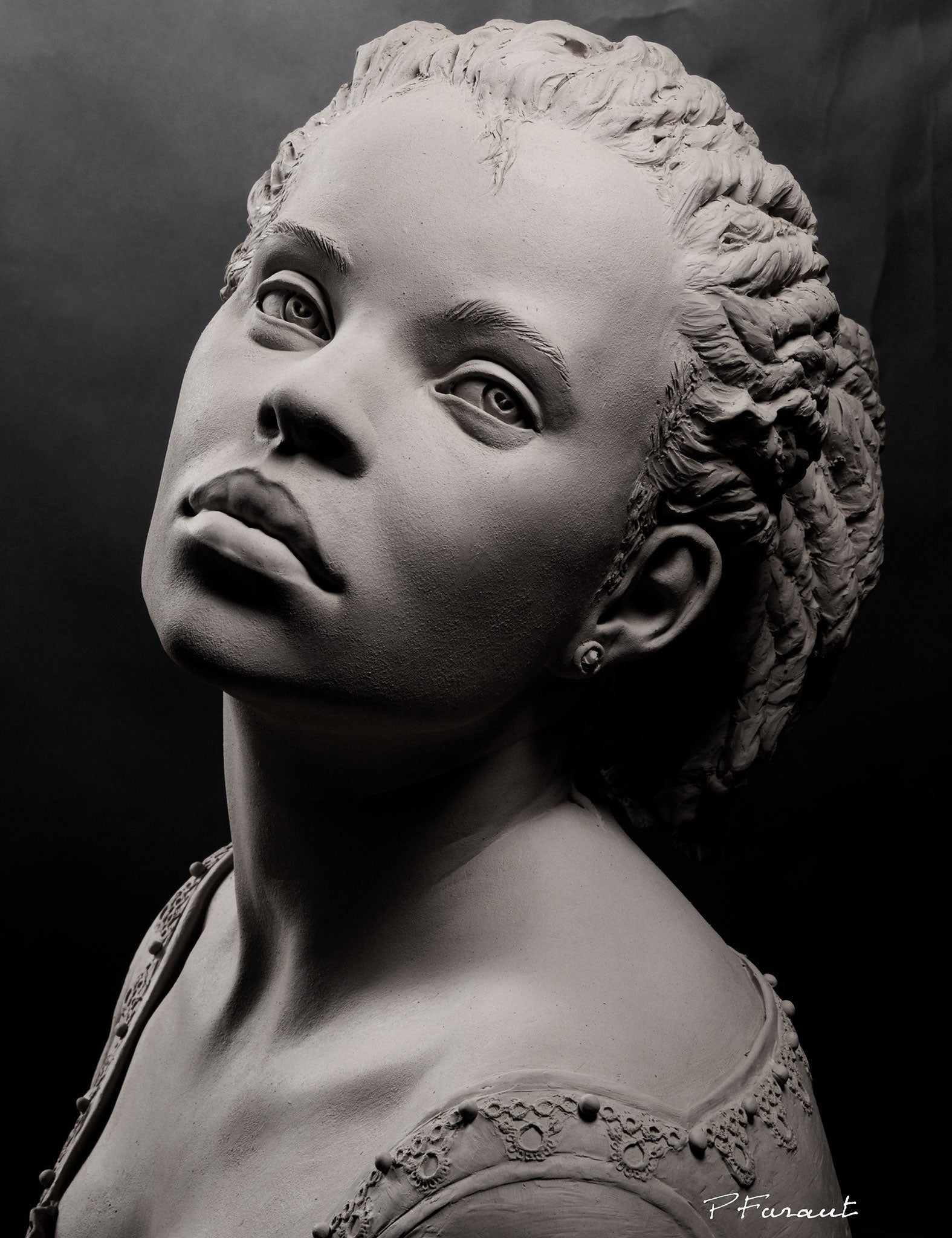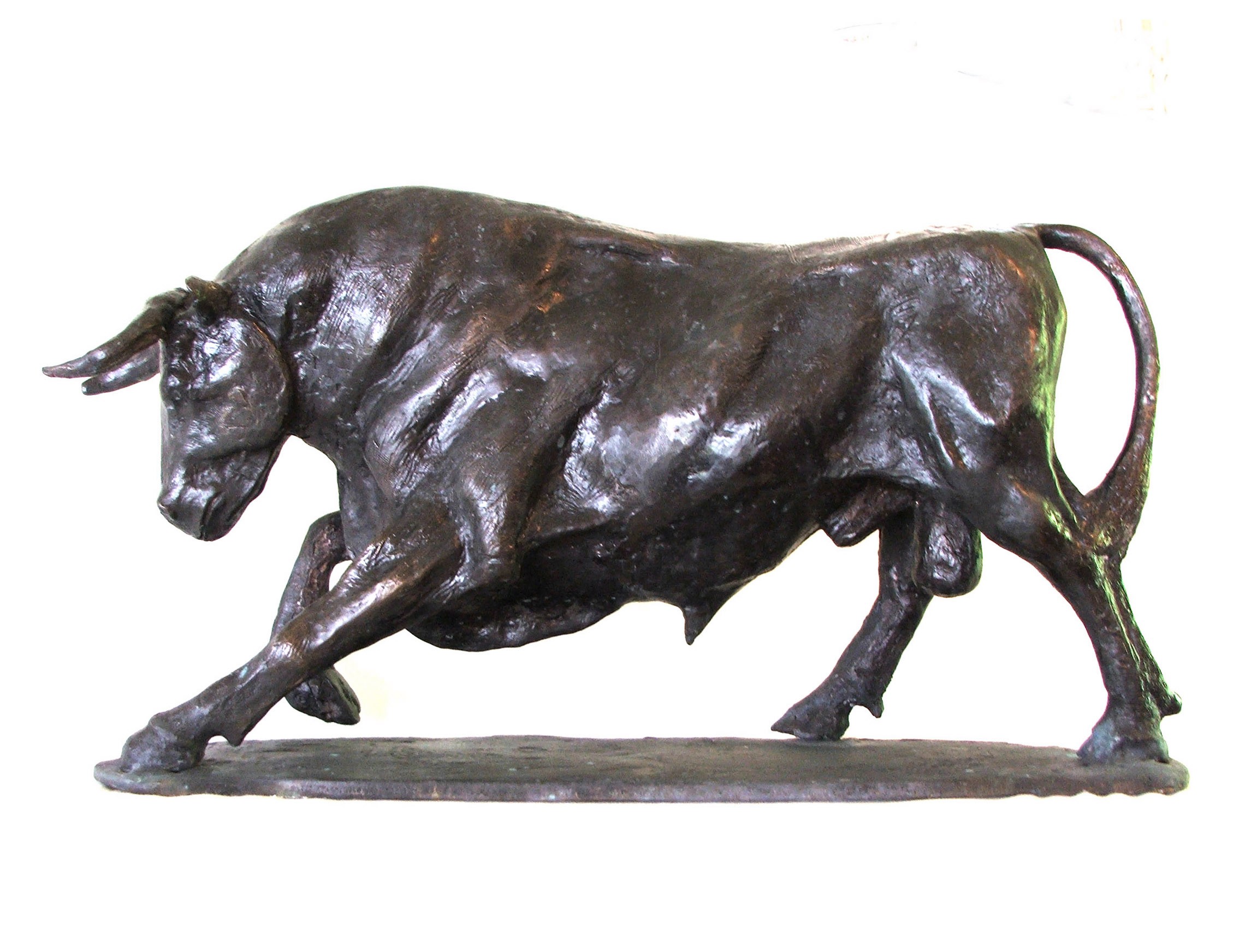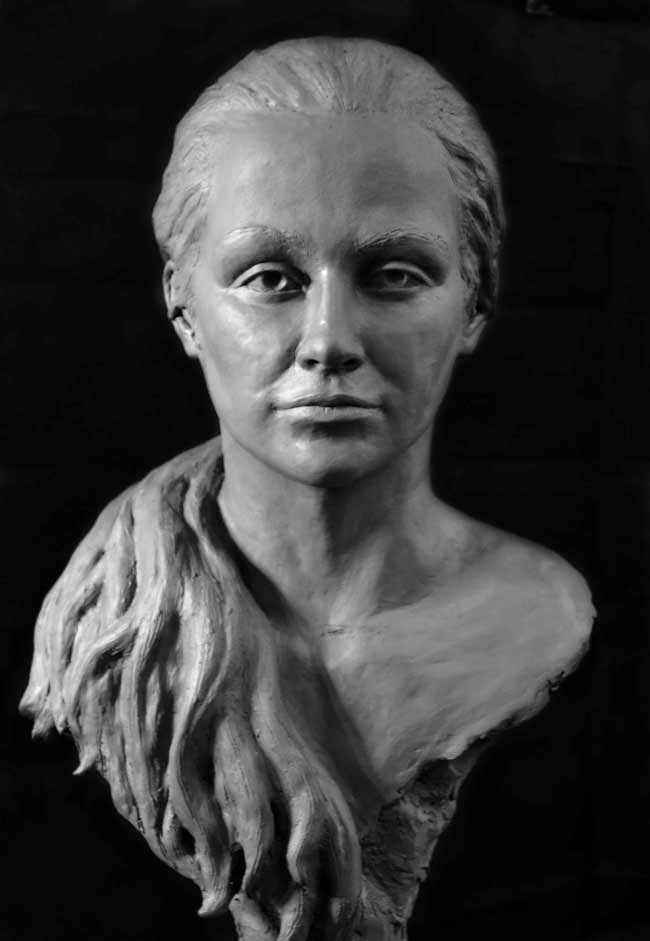Artistic Evolution: From Classic to Modern with Bronze Sculptures
Wiki Article
Sculptures as an Expression of Human Emotions
Sculptures have long been prized as an effective tool for sharing the midsts and complexities of human emotions. Through the skilled manipulation of composition, texture, and kind, carvers have the capability to capture the intangible significance of pleasure, despair, love, anger, and hope. These concrete jobs of art work as a graph of the range of feelings that define the human experience. From the calm elegance of a smiling face to the raw strength of a bent figure, sculptures give a unique and classic home window right into the globe of human emotions. With each carve stroke and clay molding, sculptors take a breath life into their productions, enabling us to link and reverberate with the psychological narratives they communicate. In this expedition, we will explore the extensive impact that sculptures have in expressing and stimulating human feelings.The Power of Catching Joy and Happiness
The inherent power of sculptures hinges on their capability to record and communicate the extensive feelings of joy and happiness via the knowledgeable manipulation of type and product. Sculptures have been utilized throughout background as a way of expressing human emotions, and joy and happiness are among the most typical emotions illustrated in these art kinds.Among the ways sculptures capture delight and happiness is with the mindful option and adjustment of kind. Artists use various techniques to produce sculptures that evoke a sense of happiness, such as showing numbers in uplifting and vibrant poses, or using flowing curves and lines to create a sense of motion and energy. The choice of material also plays a substantial duty in sharing these feelings. Artists often use materials that have a natural warmth and vibrancy, such as bronze or marble, to enhance the happy and joyful qualities of their job.
Moreover, the proficient use faces and motions in sculptures can successfully communicate happiness and happiness. Musicians thoroughly sculpt the smiles, giggling, and expressions of pleasure on the faces of their subjects, bringing them to life and recording the essence of these feelings. The positioning of the body and the gestures portrayed by the sculpture can also connect a sense of pleasure and happiness, whether it is a number with outstretched arms, dancing, or welcoming others.
Exploring the Midst of Sadness and Grief
An exploration right into the depths of unhappiness and sorrow can be attained through the expressive sculptures that capture the essence of these profound feelings. These sculptures act as a graph of the human experience, enabling viewers to get in touch with their very own feelings of despair and sorrow on a deeper level.Via the skilled adjustment of expression, type, and appearance, artists can share the complex emotions connected with sadness and sorrow. Using elongated, hunched numbers or bent, uneasy expressions can elicit a sense of anguish and grief. The option of products, such as cool, rough rock or dark, weather-beaten metal, can even more improve the somber and melancholic state of mind of the sculptures.
Additionally, the power of these sculptures exists in their ability to transcend language obstacles - Equine Sculptures. Regardless of cultural or linguistic distinctions, the global language of art permits people from diverse backgrounds to link and understand with the feelings represented in these sculptures. Robert C Hitchcock Sculptor. It is with this shared experience that a sense of catharsis and understanding can be attained
Unveiling the Intricacy of Love and Desire
Introducing the complexities of love and yearning, sculptures offer a profound expedition into the intricacy of love and desire. Via making use of numerous materials and strategies, sculptors have actually had the ability to catch the significance of these powerful emotions and share them in concrete kinds. Love, with its numerous measurements and nuances, is a subject that has actually captivated artists throughout background. From the tender embrace of a couple to the enthusiastic complexity of bodies, sculptures have actually depicted the diverse expressions of love and wish.One such example is Auguste Rodin's famous sculpture, "The Kiss." This work of art depicts two enthusiasts secured in an intimate welcome, their bodies knit momentarily of extreme passion. The sculpture not only catches the physical connection in between the lovers however likewise stimulates a much deeper psychological bond. The detailed information and the experienced workmanship emphasize the complexity of their love and wish.
Sculptures additionally discover the darker side of love and need, introducing the intricacies that can emerge from these extreme feelings. Bronze Sculptures. Some sculptures portray the torment and distress that can accompany unrequited love or the damaging power of obsessive desire. These art work act as a tip that love and wish can be both beautiful and challenging, bringing joy and discomfort in equivalent procedure
Communicating Rage and Disappointment With Sculptures
Through the portrayal of tense postures and bent types, sculptures express the strength of rage and disappointment. Artists have actually long transformed to the medium of sculpture to convey these effective emotions, making use of different techniques to record the raw energy and turmoil related to rage and disappointment.
One typical technique is to portray figures in confrontational or hostile presents. The muscular tension and clenched fists of a sculpture can evoke a feeling of bottled-up rage, while twisted limbs and bent facial expressions can convey the stress really felt by the subject. These physical manifestations of feeling work as a visual depiction of the inner chaos experienced by people in moments of temper and irritation.
In addition, artists usually utilize meaning and metaphor to improve the emotional effect of their sculptures. As an example, sharp, rugged sides or damaged kinds can symbolize the devastating nature of anger, while hefty, burdensome frameworks can represent the weight of irritation. By integrating these components right into their work, artists have the ability to interact the strength and complexity of these emotions in a visually striking and tangible way.

Sharing Hope and Strength in Sculptural Kind
Sculptures embodying hope and strength are a testimony to the unbeatable spirit of the human experience. These art work function as powerful symbols of optimism and strength in the face of hardship. Through the skilled adjustment of products, musicians have the ability to record the significance of hope and strength, developing sculptures that uplift and inspire.
One example of a sculpture that embodies hope is "The Winged Victory of Samothrace." This ancient Greek statue portrays a winged goddess standing atop a ship's prow, her garments rippling in the wind. The sculpture shows a feeling of accomplishment and decision, representing the power of wish to overcome challenges.

Sculptures that reveal hope and resilience function as pointers of the human ability to grow and endure in the face of adversity. They inspire us to persevere, to locate toughness in ourselves, and to have belief in a brighter future. These artworks talk to the universal human experience, supplying relief and motivation to those that encounter them.
Verdict
In conclusion, sculptures serve as an effective tool for revealing a broad range of human emotions. By removing individual pronouns, the focus remains on the global nature of these feelings and the capability of sculptures to share them in a substantial and long-lasting fashion.Sculptures have actually long been respected as a powerful tool for revealing the depths and intricacies of human emotions. From the serene elegance of a grinning face to the raw strength of a contorted number, sculptures supply a distinct and classic home window into the world of human feelings. In this exploration, we will certainly delve right into the extensive effect that sculptures have in sharing and stimulating human emotions.
In verdict, sculptures serve as an effective medium for sharing a broad array of human emotions (Portrait Sculptor). By getting rid of individual pronouns, the emphasis continues to be on the universal nature of these emotions and about his the ability of sculptures to convey them in a tangible and enduring manner
Report this wiki page